
This Unique Nft Concept Cares For Our Physical Furniture To Help Us Stay Sustainable (11 Pics)
SPACE10, IKEA’s independent research, and design lab introduces Carbon Banks, an exploration into how the blockchain could build a more sustainable relationship with our furniture and save it from ending up in landfills prematurely.
In partnership with WINT Design Lab, SPACE10 imagines how a physical, wooden chair could be connected to a generative digital asset on the blockchain to create an emotional bond that would incentivize us to keep, repair, trade, and recycle our furniture. The digital asset would take the shape of a personalized tree, beginning as a seedling and developing over time in parallel to the furniture’s lifespan. The longer the chair is kept and cared for, the wilder, lusher, and more unique the tree would grow.
For the visual development and execution, SPACE10 collaborated with the research-led creative studio Zünc to explore a vast array of different plant species that could grow out from a familiar base with uniquely twisting branches and different styles of leaves. The tree would help to visualize and incentivize acts of guardianship, with maintenance rewarded with new growth and flourishes.
More info: carbonbanks.space10.com
What if digital assets could transform how we see and care for the physical world? Carbon Banks: A project by SPACE10 In collaboration with WINT Design Lab and Zünc Studio
Image credits: Zünc Studio
‘The current climate crisis demands that we consider all the tools and technologies at our disposal to move towards more sustainable systems, products, services, and behaviors. The Carbon Bank chairs are made out of wood, acting as a ‘carbon sink’, and storing carbon for as long as the furniture is in use. For this project, we look at how emerging concepts of physical ownership, scarcity, and amplification could be used towards sustainable furniture consumption. Can linking the possessions in our homes with those in our increasingly mixed realities provide us with opportunities to relate differently to our material world?’
— Ryan Sherman, Creative & Strategy, SPACE10
A physical, wooden chair is connected to a generative digital asset on the blockchain in the shape of a personalized tree
Image credits: Zünc Studio
Once a person has a chair in their possession, they can scan its unique pattern with their phone, which will authenticate their ownership and unlock the digital asset
Image credits: Zünc Studio
The digital asset takes form – and root – as a virtual seedling
Image credits: Zünc Studio
How Carbon Banks works:
Using advanced technology, each piece of furniture would be partnered with a unique 3D digital tree that grows in tandem with the age of the material product. Permanently bound together via the blockchain, the tree acts as a digital record of the furniture’s journey.
Step 1: The user purchases a new piece of furniture from the furniture range.
Step 2: Upon scanning the uniquely patterned piece of furniture, a virtual tree is minted as a seedling and rooted to the physical object.
Step 3: The longevity of the furniture is mirrored in the uniquely evolving asset and if the furniture is sold or traded, the asset is transferred to the next user where it continues to grow.
Step 4: The digital tree can be ported across virtual worlds as a new form of digital expression.
Step 5: The age of the furniture becomes an inherited sentimental asset, similar to a collectible and real-world item.
Carbon Banks explores how digital tools can incentivize more people to keep, repair, trade, and recycle furniture by creating an emotional bond with physical objects
Image credits: Zünc Studio
The longevity of the furniture is mirrored in the uniquely evolving asset
Image credits: Zünc Studio
The longer the chair is kept and cared for, the wilder, lusher, and more unique the tree would grow
Image credits: Zünc Studio
‘Amidst the debate on what NFTs offer, it is easy to forget that they are still an evolving technology. With Carbon Banks, we saw the potential to do more – not only to connect or mirror the physical and the digital, but to add an experiential value. We imagine a new generation of NFTs called digital amplifiers. Digital amplifiers are linked to physical objects via the blockchain and augment the items they are attached to, highlighting key characteristics and impacting and enhancing the way we perceive these goods.’
— Robin Hoske, WINT Design Lab
Maintenance of the chair is rewarded with new growth and flourishes
Image credits: Zünc Studio
The digital asset is designed to be something the owner is proud of. Their tree could be displayed – much like a houseplant – in their preferred virtual worlds or spaces
Image credits: Zünc Studio
Carbon Banks looks at how we can build a more sustainable relationship with our furniture and save it from ending up in landfills prematurely
Image credits: Zünc Studio
Ultimately, the project builds on the idea that we naturally take better care of the things we feel a strong sense of stewardship towards. Carbon Banks would provide a digital testament to how you treat your physical furniture, creating a dynamic, responsive, and personalized visualization of specific actions. In a future where more and more of our time is spent moving between physical and digital realities, Carbon Banks re-imagines how digital life can directly impact our relationship with our possessions, expand the influence of our physical belongings, and even give us a new way to express ourselves online.
Image credits: Zünc Studio
‘The current climate crisis demands that we consider all the tools and technologies at our disposal to move towards more sustainable systems, products, services, and behaviors. The Carbon Bank chairs are made out of wood, acting as a ‘carbon sink’, and storing carbon for as long as the furniture is in use. For this project, we look at how emerging concepts of physical ownership, scarcity, and amplification could be used towards sustainable furniture consumption. Can linking the possessions in our homes with those in our increasingly mixed realities provide us with opportunities to relate differently to our material world?’
— Ryan Sherman, Creative & Strategy, SPACE10
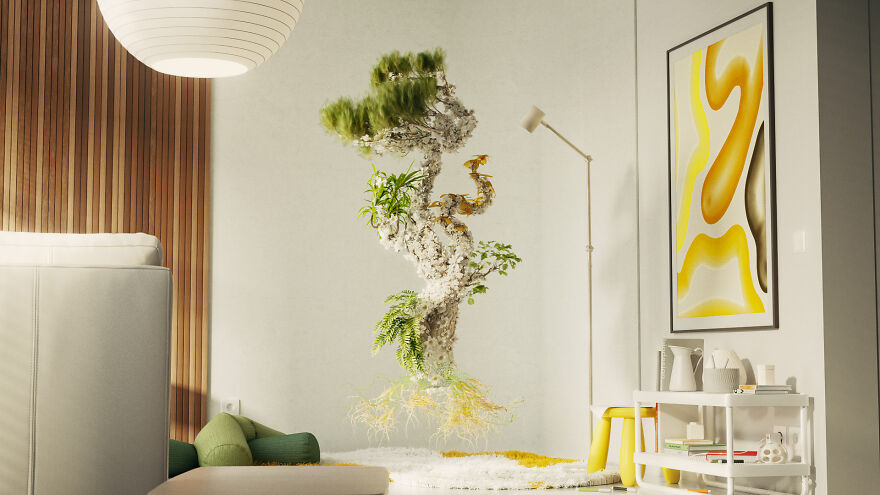
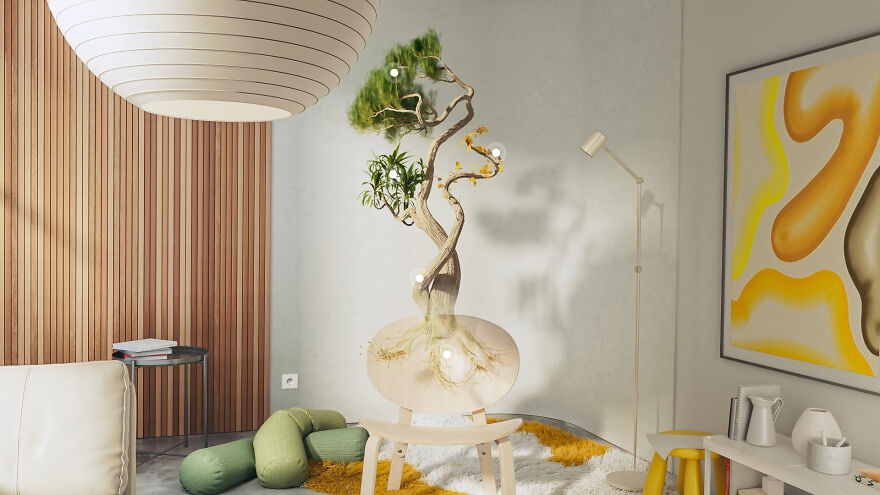
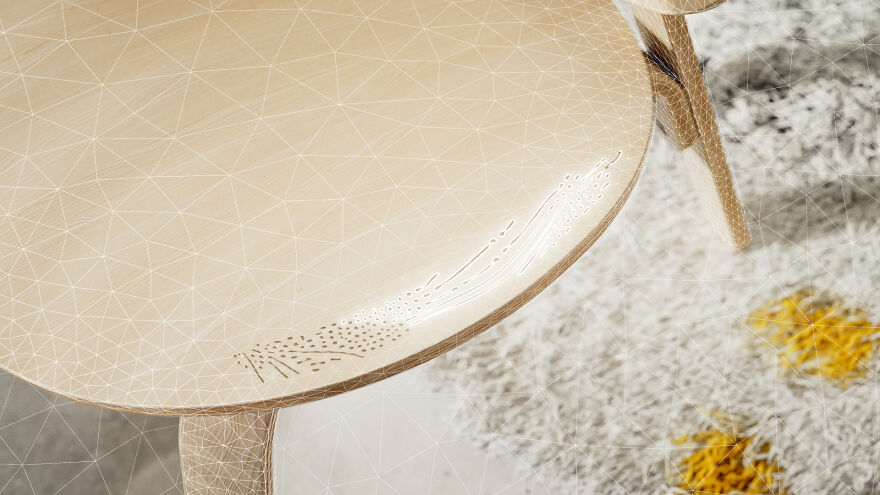
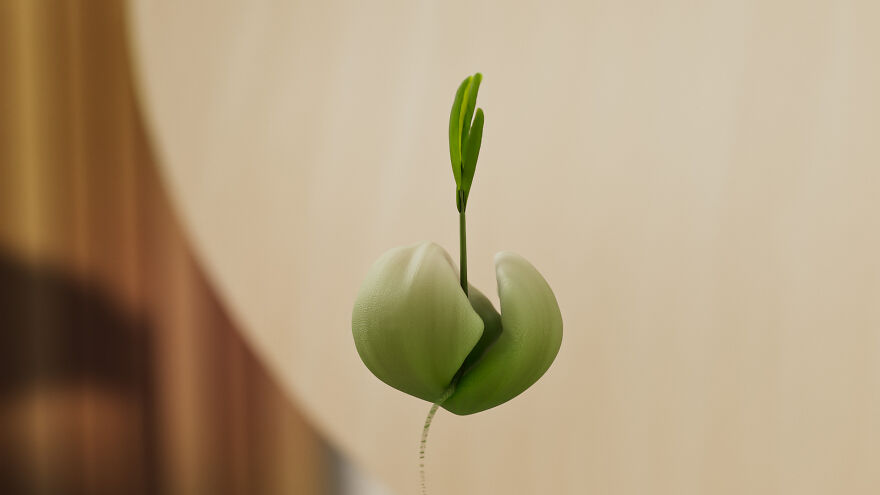
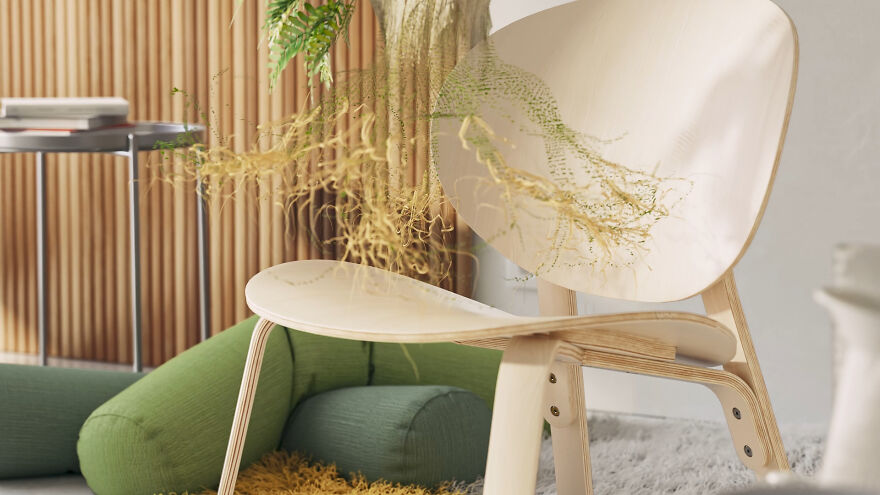
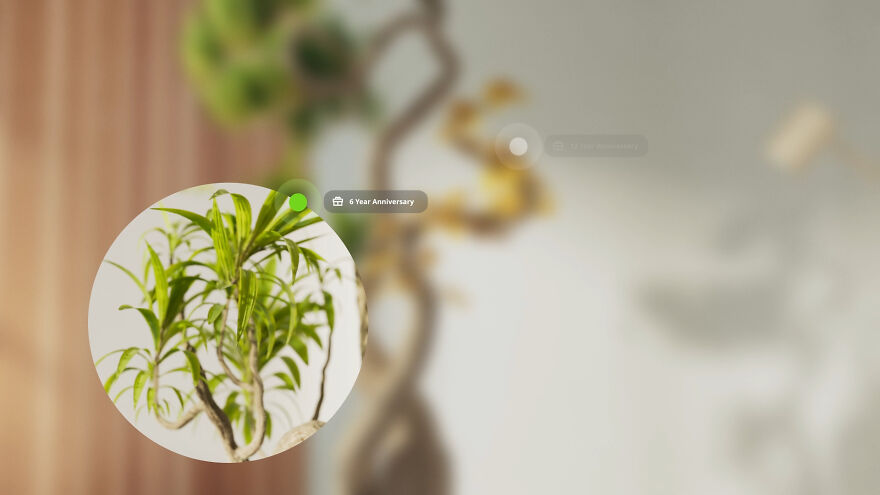
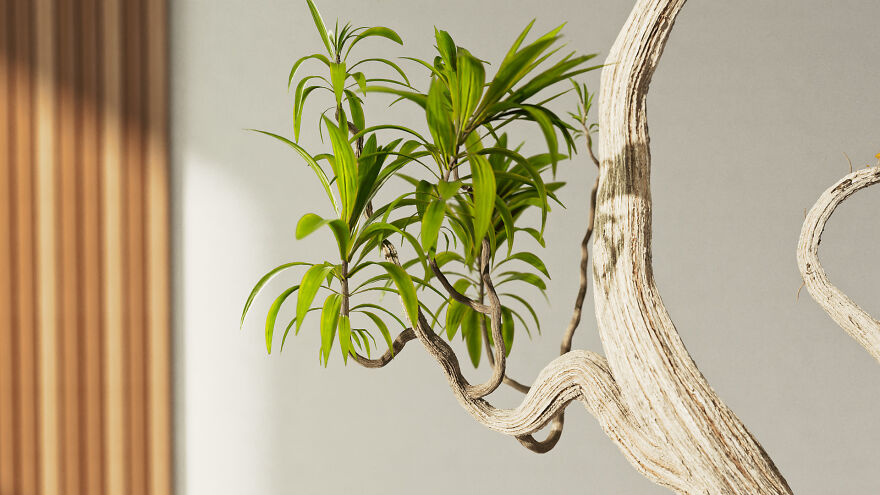
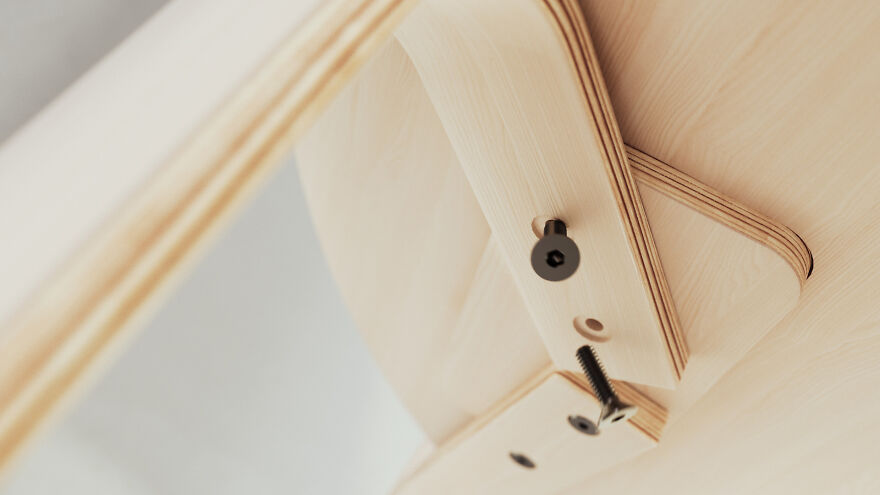
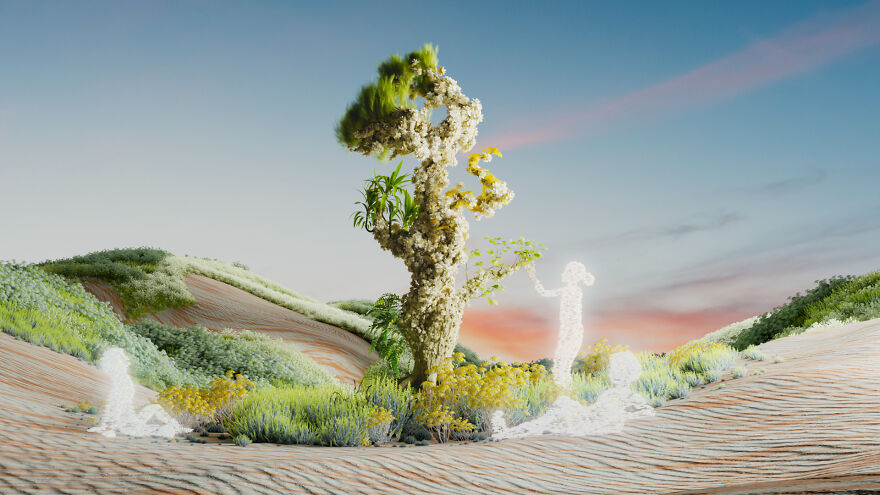
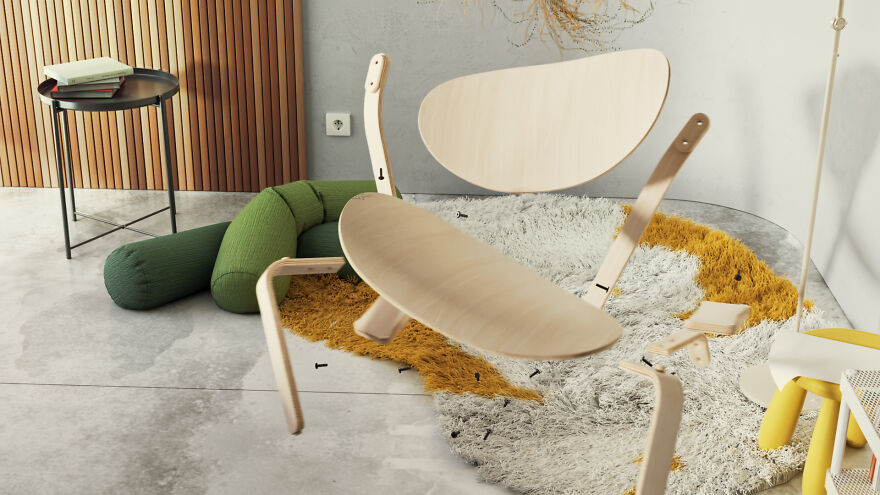



5
0